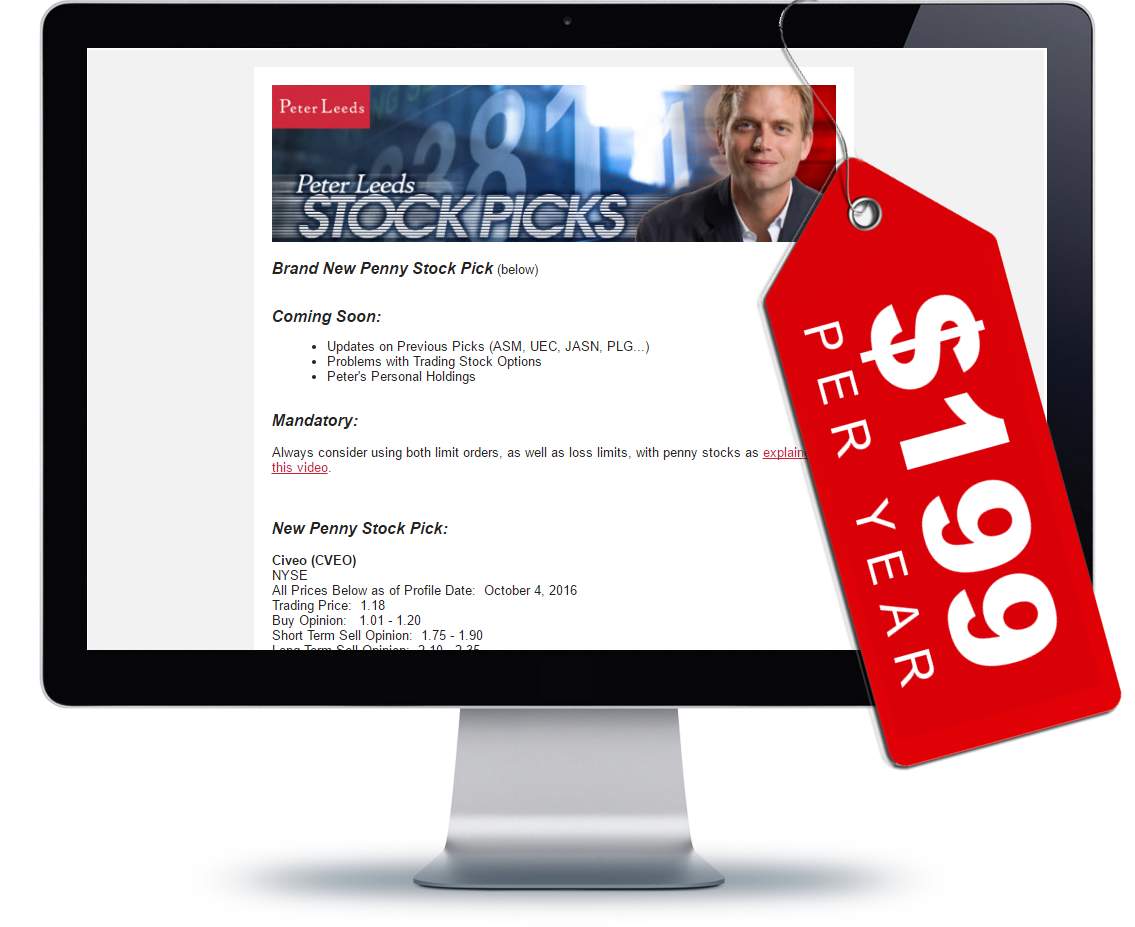Blog : Warning! This Will Scare You!
by Peter Leeds on June 22nd, 2016



My team and I have been expecting a recession and/or a stock market correction for a while now, and we seem to get closer each day. It may help you to understand our reasoning, and make up your own mind, if we explain some of the data points which we look at in our analysis.
Two of the most telling metrics (among several), are The Velocity of Money, and The Q Ratio. You can see my brand new video (released about an hour ago) which explains The Q Ratio, and stocks/industries which perform well in recessions.
NOTE! The WRONG thing to do would be to run away from the stock market. The coming recession and/or stock market correction are setting up some of the absolutely most massive opportunities for you right now! More millionaires were created during the Great Depression than any other time in history, and this modern situation may have the same effect.
The Velocity of Money:
Velocity of money is an indicator of how many times a single dollar is spent. For example, if you pay someone for goods and services... and they take that money buy dinner... and the restaurant owner takes that cash to pay a painter... that would be a velocity of three.
The velocity of money hit an all-time peak in 2007, at a rate of 10.7. That means that each dollar was spent 10.7 times, as it cycled down and through the economy.
Velocity of money has now fallen all the way down to 5.8, showing that the average dollar is spent in the economy only 5.8 times now, as compared to a much higher number from 2007 and 2008.
As the velocity of money declines, it represents a couple of things:
- Decreasing velocity shows that the economy is slowing down.
- Decreasing velocity illustrates that people are holding onto their money for longer, and spending it less quickly.
As well, since every transaction typically incurs some tax, higher velocity of money is better for the government. As the velocity of money continues to decline (as it has since 2007), it represents that the economy is slowing down, and also that there will be less in terms of taxation and revenue for the government.
The Q Ratio:
Super-simplified version = The Q Ratio takes the value of all the stocks on the market, and divides it by the cost to replace all the assets of those companies.
If the Q Ratio is above (or even near) 1.0, it implies that stocks are overvalued. A healthy (and appropriate) value for the Q Ratio is 0.7 or so, and preferably even lower (like 0.5 or 0.3), which would mean stocks are undervalued, inexpensive, and there is plenty of room for them to increase in price.
Here's the scary part: Since 1900, the Q Ratio has hit 1.0 or higher only 6 times. Yes, only 6 times since 1900 (116 years ago)!
Each and EVERY time, shortly after hitting 1.0 or above, the stock market had a major, significant correction. This doesn't mean it will happen again, but we believe it will, and are positioning ourselves to profit handsomely.
This next part is not for the feint of heart, so skip this if you scare easily. We are currently at 0.97 on the Q Ratio.
So how much time do we have to prepare? I'm not sure, but if things play out as my team and I expect, once things turn south it could go pretty quickly. The people who set up for the possibility ahead of time will be the real winners, and even if the dark days never come, it won't hurt you to have positioned just in case.
What Happens Now?
These are just some of the indicators which we are watching. By keeping an eye on some of these data points, we have come to the conclusion that we are going to have one or both of an economic recession, plus a stock market correction.
The million-dollar question is "when?" Well, picking the exact timing is always more difficult than calling the overall direction, but our expectations are for a negative event to manifest near the end of 2016, and if not then we certainly expect a major shake-up in 2017.
For these reasons, and based on these expectations, we are positioning ourselves and subscribers of Peter Leeds Stock Picks into penny stocks and high-quality companies which we believe are going to do very well during an economic correction, in spite of one, and in many cases because of one.
You are reading this old blog entry because we still like to reference it. :-)
Get Our Best Low-Priced Investments
- don't have the time?
- can't do all the work required?
- want selections from the authority?
For only $199 per year, we give you our best high-quality, low-priced stock picks. Along with a full team, Peter Leeds is the widely recognized authority on small stocks. Start making money from penny stocks right away.


